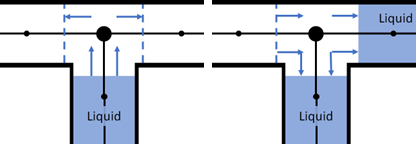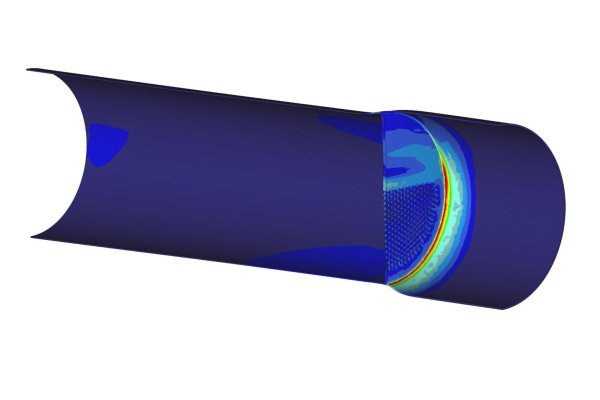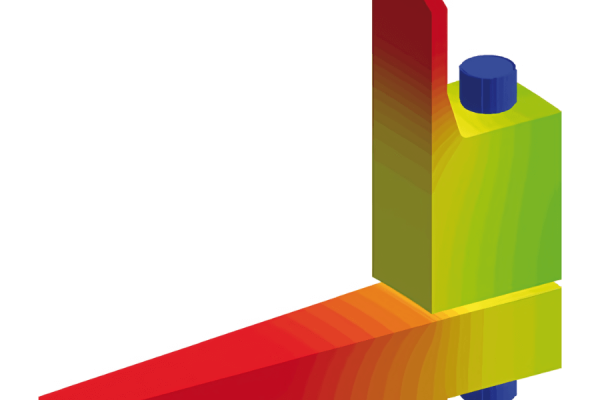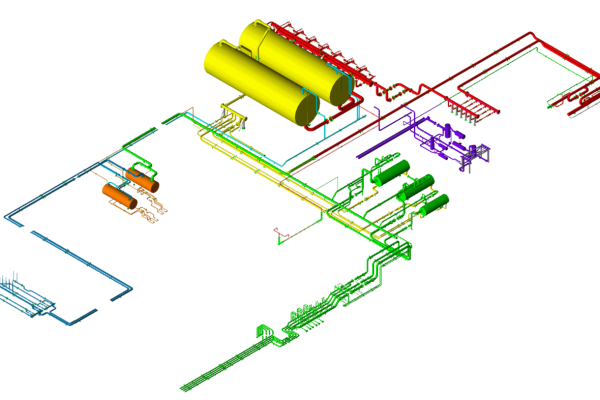In April of this year Dynaflow Research Group has presented two papers at the International Conference on Pressure Surges. The conference was held in The Netherlands (Eindhoven) and is the 14th conference in a series that has been running since 1972. It brings together practical engineers and theoretical academics from all over the world and is the leading conference on pressure surges and related phenomena in piping systems.
The first paper that will be presented by DRG is titled: “Three practical ways to speed up the method of characteristics (MoC)”. Although the Method of Characteristics (MoC) has proven to be robust and accurate, it may involve long execution times when the ratio between the spatial and temporal resolution is at odds with the geometry of the piping system. This paper therefore describes three methods that are aimed at reducing the execution time of the MoC. The first two seek to obtain a coarse and accurate space-time grid, while the third is aimed at running theMoC on multiple processor cores. This paper shows that these three methods can reduce the execution time of the MoC by two orders of magnitude.


The second paper is titled: “Extending the method of characteristics to simulate rapid flooding of large and complex systems”. Deluge fire water systems can be subjected to large fluid-induced forces during rapid filling. There is therefore an interest to assess beforehand whether such a system can withstand these forces. The use of CFD methods for rapid filling simulations is often not practical due to the size of the systems involved. The method of characteristics (MoC), on the other hand, is much more efficient but is originally limited to single-phase fluid flow. Although the literature describes several methods to extend the MoC to two-phase fluid flow, these methods tend to be applied to relatively simple piping systems. This paper therefore describes a method for extending the MoC to simulate rapid flooding of large piping systems with complex topologies. The method tracks the position of one or more gas volumes and calculates the back pressure of entrapped gas as it is released from the system. This paper will show that the presented method can simulate rapid flooding of large and complex systems in an efficient way. It will also show that the results obtained for simple piping configurations are in agreement with the literature, provided that the wave speed is adjusted to account for entrapped gas in the liquid phase.
For more information, please contact:
Iris Joele
Marketing & Sales
Phone: +31 85 058 00 46






